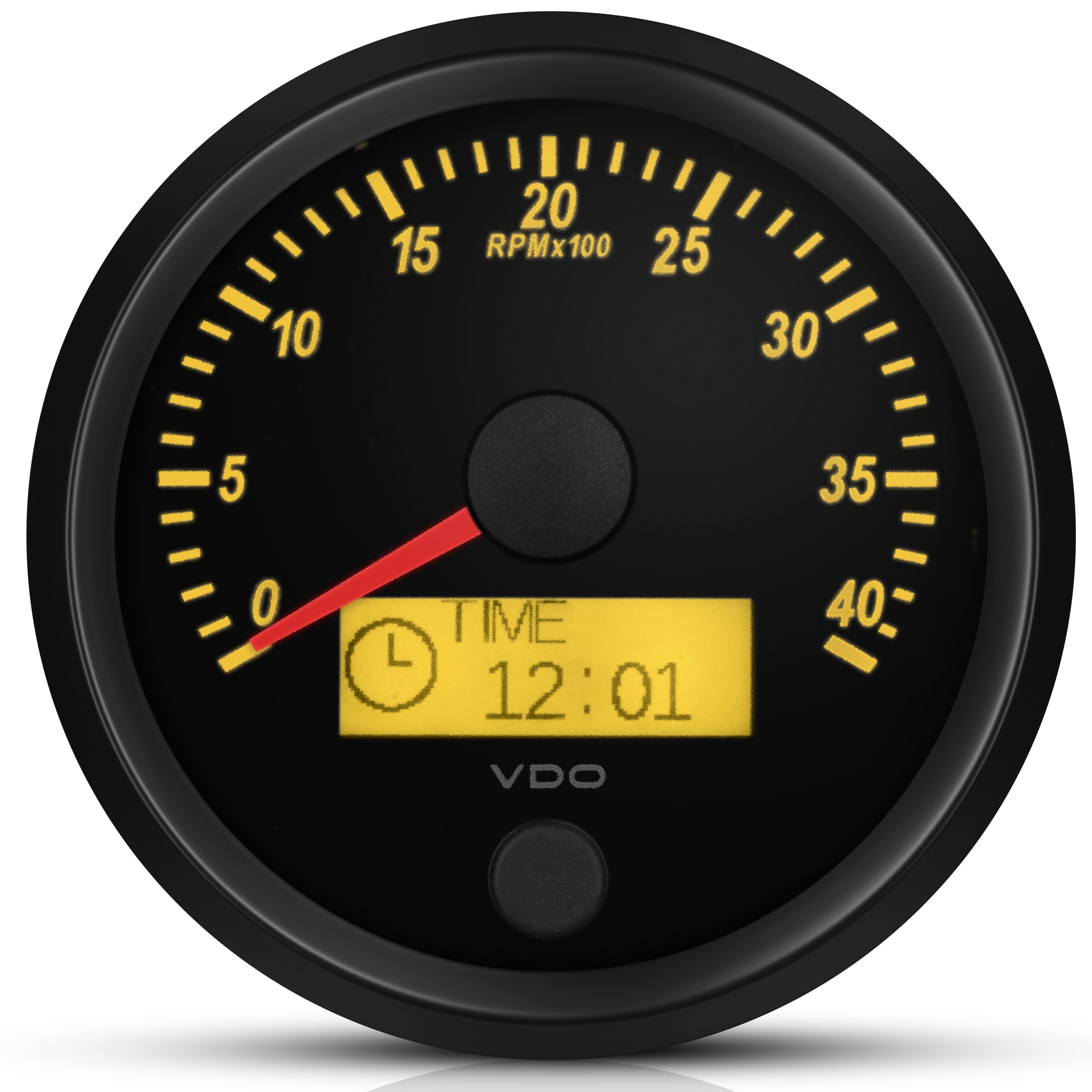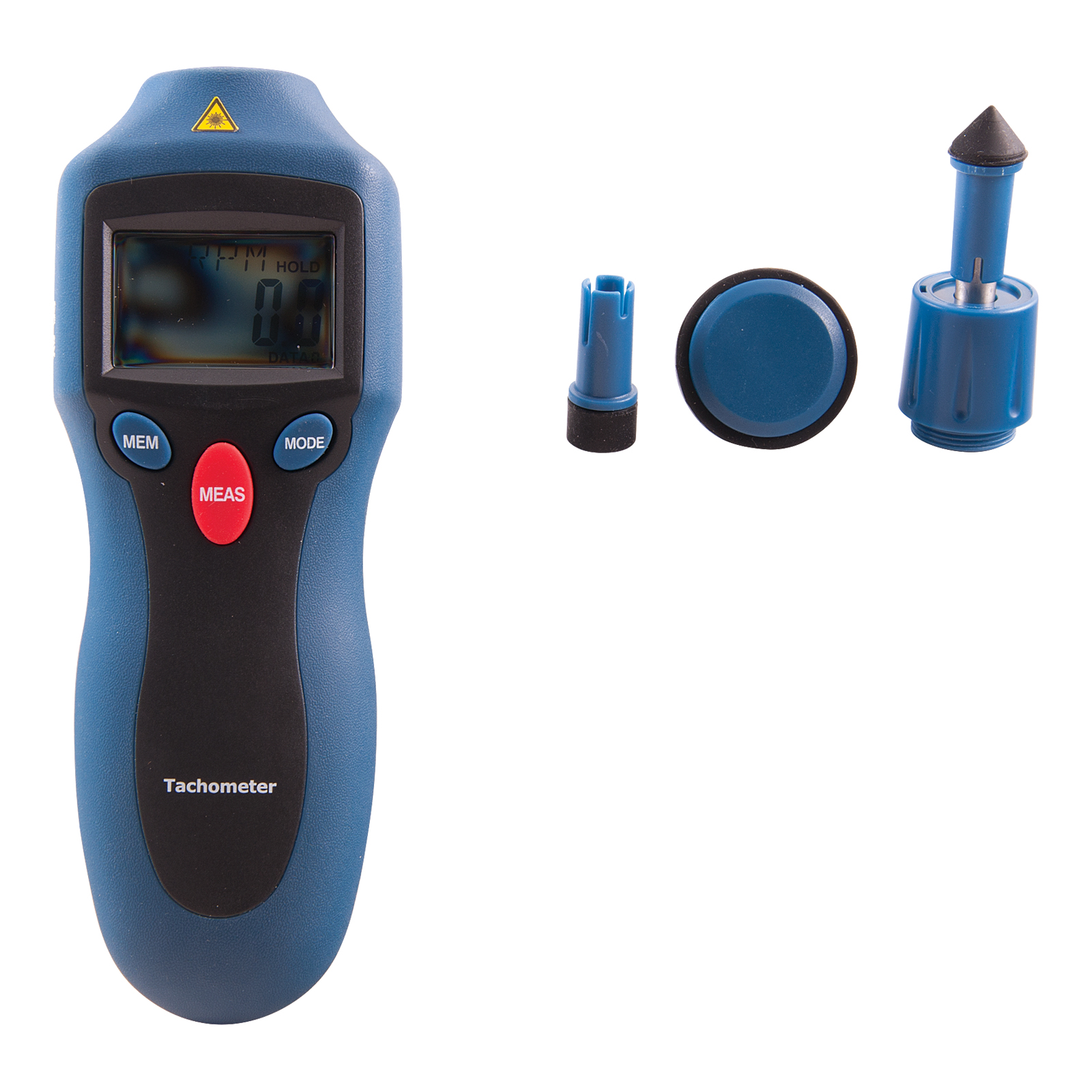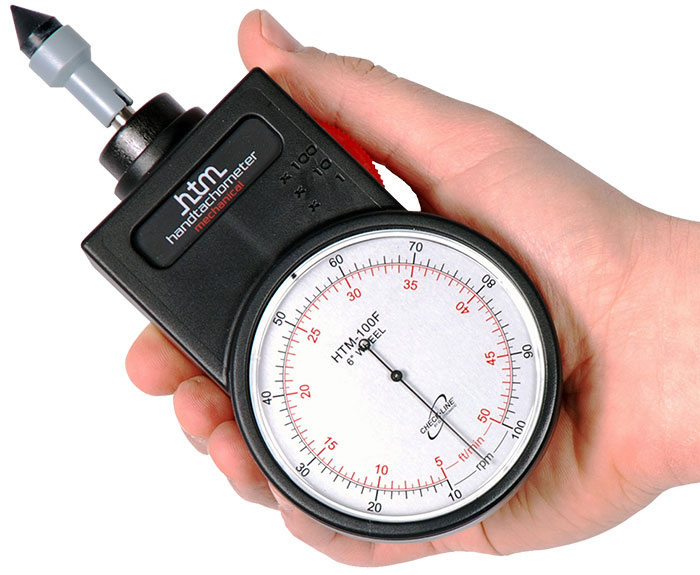Tachometer Buying Guide: Features to Look for and Ideal Brand names
Tachometer Buying Guide: Features to Look for and Ideal Brand names
Blog Article
The Importance of a Tachometer in Monitoring Engine Rate and Efficiency in Automotive Applications
In the realm of auto design, the tachometer stands as a pivotal instrument in the chauffeur's toolbox, supplying a straight home window right into the internal operations of a lorry's engine. Past its feature as a mere scale of revolutions per minute (RPM), the tachometer serves as an important tool for lovers and experts alike, providing real-time insights right into engine performance and health and wellness.
Value of Checking Engine RPM
Keeping track of engine RPM, or changes per min, is a vital aspect of auto maintenance and performance evaluation. Engine RPM straight correlates with the rate at which the engine's crankshaft rotates, showing exactly how quickly the engine is running.
Moreover, checking engine RPM is necessary for efficiency assessment in racing and high-performance lorries. In recap, keeping track of engine RPM is not only crucial for discovering concerns but also for enhancing engine efficiency in different auto applications.

Advantages of Real-Time Information
In automotive applications, real-time data plays an essential function in supplying immediate understandings into the efficiency and condition of the car. By continually keeping an eye on various specifications such as engine speed, temperature, gas intake, and more, real-time information provides many advantages that contribute to improved efficiency and safety when traveling.
One significant benefit of real-time information is its capacity to sharp vehicle drivers and specialists to any abnormalities or concerns quickly. This aggressive method allows fast recognition of potential problems, enabling for timely treatments to avoid additional damage or breakdowns. In addition, real-time information facilitates performance optimization by offering immediate responses on driving routines and engine effectiveness. Drivers can readjust their habits in real-time based on this information to accomplish better gas economic climate and prolong the life-span of their vehicle.

Furthermore, real-time information plays an important duty in modern vehicle diagnostics, enabling technicians to swiftly diagnose and deal with breakdowns. This leads to decreased downtime, reduced maintenance expenses, and inevitably, enhanced overall car integrity and longevity (tachometer). By taking advantage of the power of real-time information, automotive stakeholders can make informed choices that favorably affect both the performance and durability of the automobile
Influence On Gear Shifts
The tachometer plays a vital function in enhancing gear shifts by giving real-time engine rate data to the motorist. When coming close to the redline on the tachometer, it signals the chauffeur to upshift to avoid over-revving the engine and causing potential damage.
Moreover, the tachometer help in attaining smoother equipment shifts, particularly in manual transmissions. By keeping track of engine speed, drivers can execute equipment shifts at the optimal RPM array, lowering snagging movements and minimizing endure the transmission elements. This precision on duty adjustments not only this website enhances driving convenience but also adds to fuel efficiency.
Enhancing Gas Effectiveness
Given the critical duty the tachometer plays in maximizing gear changes for efficiency and engine health, it straight adds to optimizing fuel performance in vehicle applications. By offering real-time responses on engine speed, the tachometer aids motorists in maintaining one of the most efficient RPM range for fuel economy. When chauffeurs consistently keep an eye on the tachometer and adjust their motoring click for source habits appropriately, they can avoid unneeded gas usage brought on by over-revving or carrying the engine.
In addition, the tachometer helps motorists identify one of the most fuel-efficient equipment to be investigate this site in at any provided minute, avoiding the engine from functioning harder than needed. This is specifically important throughout acceleration and cruising, where remaining in the appropriate gear can substantially influence gas efficiency. Furthermore, the tachometer can signal drivers to prospective mechanical problems that can be adversely affecting fuel economic situation, such as a sliding clutch or a clogged air filter. To conclude, the tachometer functions as a beneficial device in enhancing fuel efficiency by promoting optimum driving practices and determining locations for renovation in the car's efficiency.

Maximizing Engine Long Life
The tachometer's function in monitoring engine rate and performance is critical in ensuring the durability of automobile engines. Keeping track of the tachometer permits motorists to remain within the suggested RPM array for their vehicle, stopping unneeded stress on the engine and extending its life expectancy.

Conclusion
To conclude, the tachometer plays an important role in keeping an eye on engine speed and efficiency in vehicle applications. By offering real-time information on RPM, it enables reliable gear changes, enhanced fuel performance, and made best use of engine durability. This tool is necessary for preserving ideal engine efficiency and guaranteeing the general performance of a vehicle.
Report this page